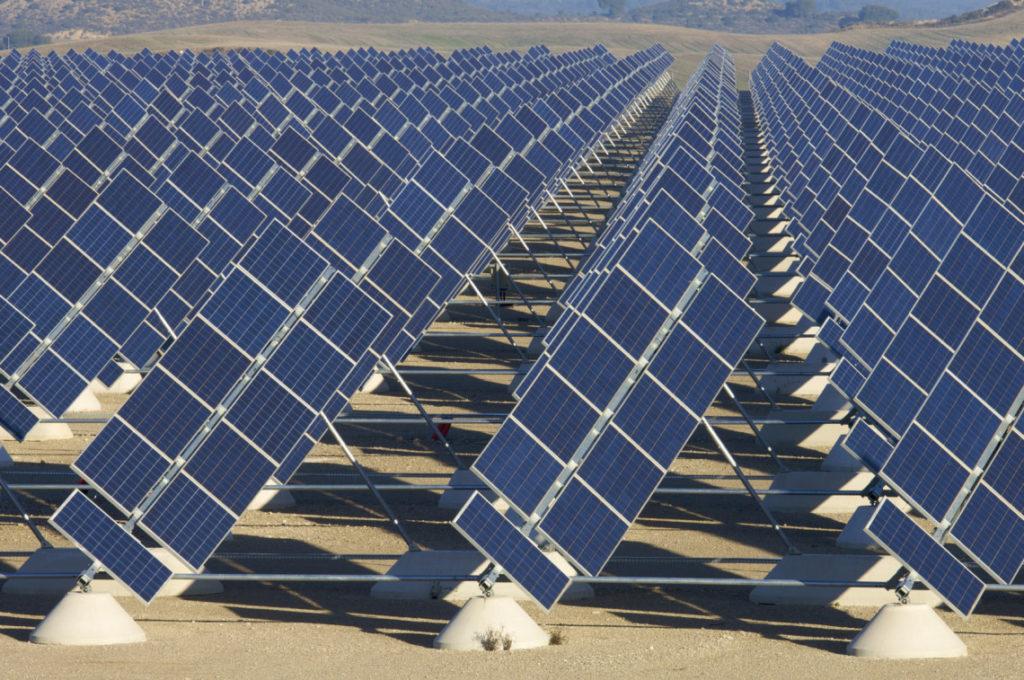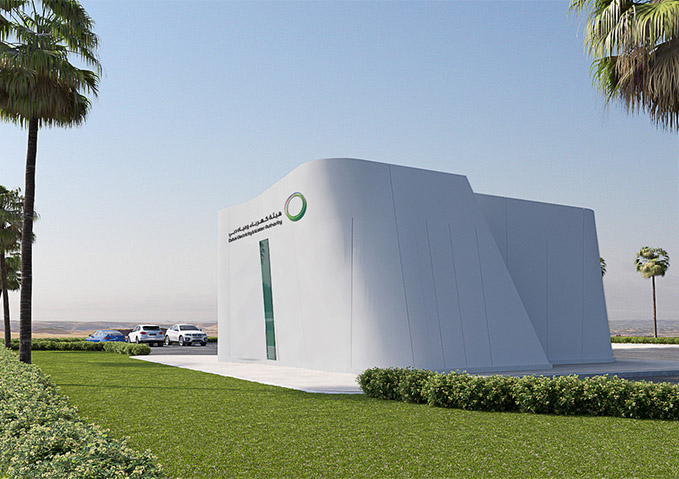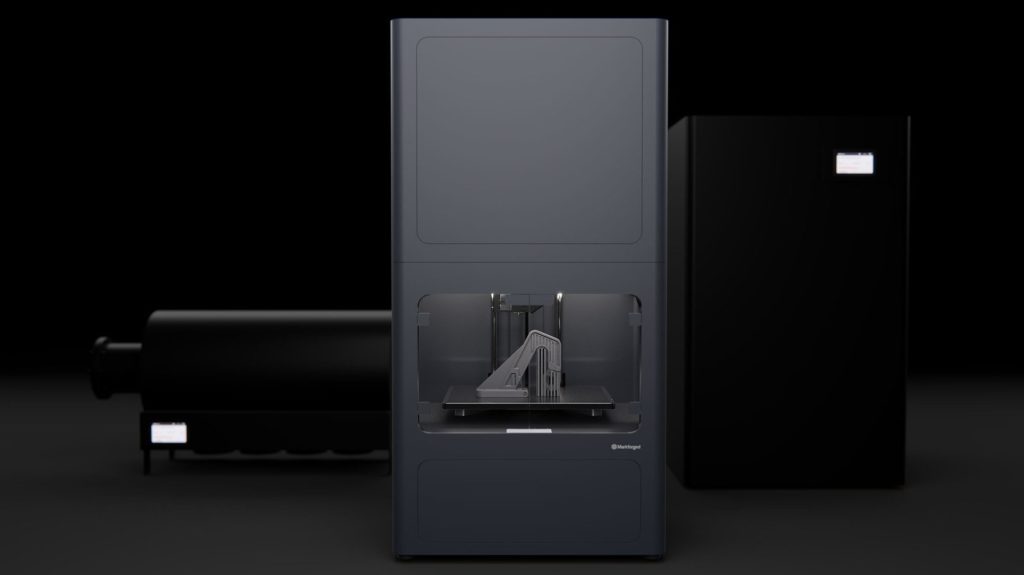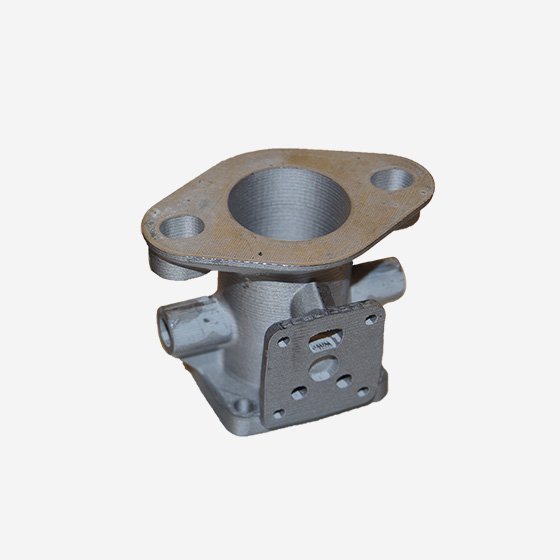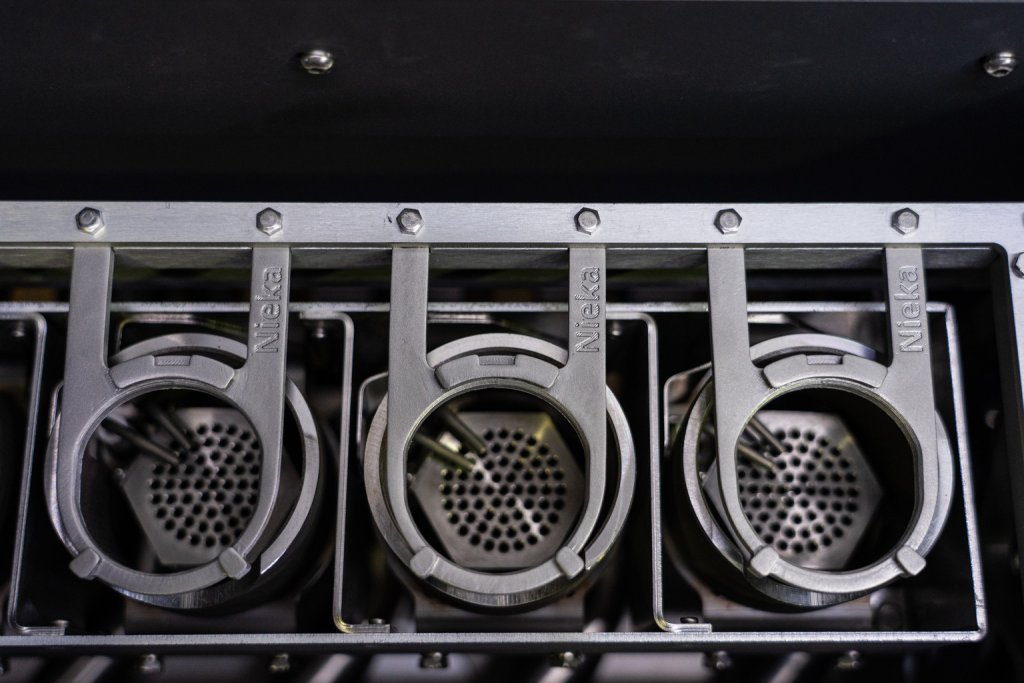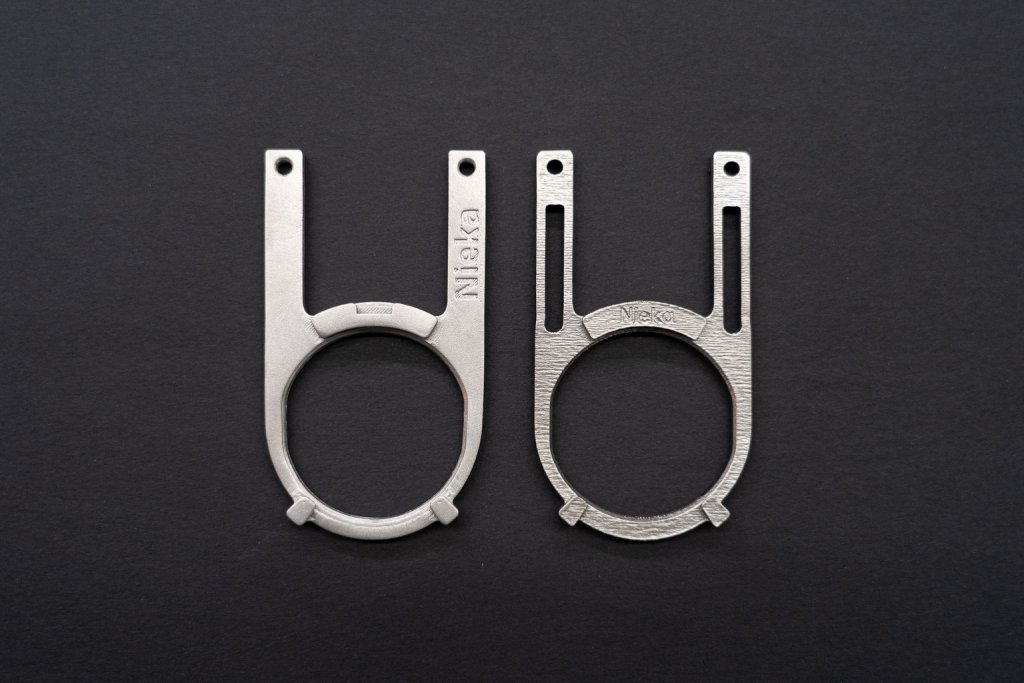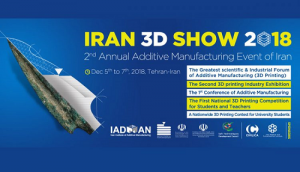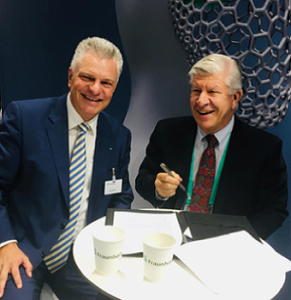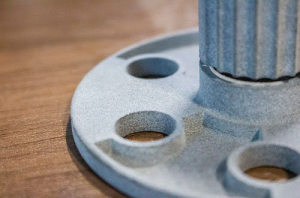Thanks in large part to its ambitious 3D Printing Strategy, the city-state of Dubai, which is the most populous city in the United Arab Emirates (UAE), has used the technology for a wide variety of applications, from mobility and environmental applications to medical and construction, and many of the opportunities and initiatives have come from the Dubai Electricity and Water Authority (DEWA).
DEWA’s vision is to be an innovative, sustainable utility, and uses 3D printing to create both spare parts and prototypes for its distribution, generation, and transmission divisions, as well as to support the digitizing of its inventory. Its Research and Development Center at the Mohammed bin Rashid Al Maktoum Solar Park supports rapid prototyping through 3D printing, in addition to offering mechanical testing, training, techno-economic analysis, and additive manufacturing R&D. Now, DEWA is working to create advanced infrastructure and special AM software through the R&D Center, in order to develop solutions that can increase Dubai’s operational efficiency and productivity.
To that end, it’s the first organization in the Cooperation Council for the Arab States of the Gulf, originally and colloquially referred to as the Gulf Cooperation Council or GCC, to deploy the Metal X 3D printer by Markforged for this purpose.
“The 3D printing programme at DEWA has been selected as one of the Dubai 10X initiative projects. The initiative was launched by His Highness Sheikh Mohammed bin Rashid Al Maktoum, Vice President and Prime Minister of the UAE and Ruler of Dubai, which mandates the Government of Dubai to be a global leader that is 10 years ahead of all other cities,” stated HE Saeed Mohammed Al Tayer, MD & CEO of DEWA, in a press release. “The programme also supports the Dubai 3D Printing Strategy, which is a unique global initiative to use technology for the service of humanity and promote the status of the UAE and Dubai as a global hub for 3D printing technology, by 2030. Our use of the latest Fourth Industrial Revolution technologies and world-class standards aligns with our continuous efforts to improve efficiency in the production, transmission and distribution of energy and water, develop future services and projects that enhance DEWA’s position as one of the best utilities in the world, and enhance Dubai’s leading position globally.”
The Metal X system uses Markforged’s accurate Atomic Diffusion Additive Manufacturing, or ADAM, technology, and is able to print with a variety of metals, such as stainless steel, Inconel 625, and copper. It allows for rapid prototyping, low volume production, and on-demand spare parts 3D printing, all of which will help DEWA increase 3D printing innovation, decrease costs, and improve efficiency.
“We work on innovating and developing new 3D printing facilities across DEWA’s divisions and draft quality procedure protocols. DEWA’s R&D Centre supports 3D printing of components that can endure high temperatures and harsh weather conditions. It includes the latest 3D printing technologies, such as reinforced plastic printers using a mixture of carbon fibre or fibreglass; CYBE printers; and Markforged Metalx metal printers,” Al Tayer explained. “The Centre strengthens DEWA staff’s capabilities in 3D printing, through workshops and training sessions. Besides, it develops the experiences of its engineers and researchers and consolidates their knowledge of additive manufacturing, which supports national capabilities. The number of Emirati researchers at the Centre has reached 70%, including 40 male and female researchers. 20 of whom are PhD and master’s degree holders.”
DEWA’s R&D Center includes DEWA’s Robotics & Drone laboratory, which contains drones and rovers that are designed and built on site. Speaking of on site, the laboratory was the UAE’s first building to be 3D printed completely on site and, according to DEWA, the first 3D printed lab in the world.
(Source: Dubai Electricity and Water Authority)
The post Dubai Electrical and Water Authority Deploys Markforged Metal X 3D Printer appeared first on 3DPrint.com | The Voice of 3D Printing / Additive Manufacturing.

